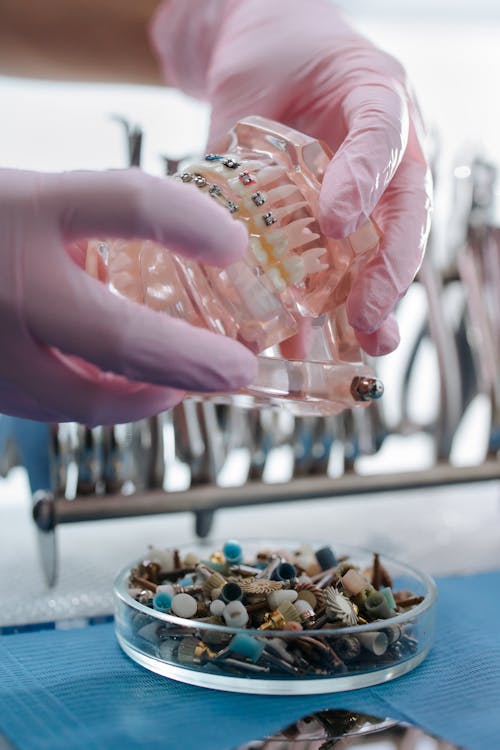Understanding Sinus Perforation in Dental Implant Procedures: Risks and Management
Sinus perforation is a significant concern during dental implant procedures, potentially leading to complications. This article explores the causes, risks, and management strategies associated with sinus perforation in dental implants. By understanding these aspects, dental professionals can enhance patient safety and treatment outcomes.
Introduction to Sinus Perforation Dental Implant
Sinus perforation during dental implant procedures poses a substantial risk to both patient health and treatment efficacy. A sinus perforation dental implant occurs when a dental implant breaches the maxillary sinus, which can lead to various complications, including infection and implant failure. These risks highlight the necessity for dental professionals to understand the anatomy of the sinus and the factors leading to perforation. The implications of a sinus perforation can be significant, warranting thorough preoperative assessments and careful surgical techniques to minimize the risk. This article aims to delve into the intricacies of sinus perforations and their management, providing insights for better patient outcomes. Consequently, understanding the factors contributing to sinus perforation dental implants can facilitate improved surgical practices.
Common Causes of Sinus Perforation in Dental Implants
There are several factors that contribute to sinus perforation during dental implant procedures. One common cause is the height of the residual bone; when there is insufficient bone height in the posterior maxilla, the implant may inadvertently penetrate the sinus. Additionally, patient anatomy plays a crucial role; some patients have larger sinuses than others, increasing the risk of perforation. Moreover, improper surgical techniques can also lead to perforation, emphasizing the importance of training and surgical skill in preventing this complication. To mitigate these risks, anticipation and planning are essential. By assessing imaging studies preoperatively, dentists can understand sinus anatomy better and plan their approach accordingly.
Management Strategies for Sinus Perforation
When a sinus perforation occurs during a dental implant procedure, immediate management is critical to reduce postoperative complications. One standard approach involves careful observation, especially if the perforation is minimal, as sometimes, the body can heal itself. However, in cases of significant perforation, additional procedures, such as sinus lift or bone grafting, may be necessary. Immediate closure of the sinus access is also recommended to prevent sinus infections. Dentists should be familiar with various materials and techniques available for managing perforation. These strategies underscore the necessity for dental professionals to be equipped with the knowledge and skills to address sinus perforation effectively.
Patient Education and Consent
Educating patients about the potential risks associated with sinus perforation in dental implants is paramount. Patients should be informed of the signs and symptoms of complications that may arise from a sinus perforation. Clear communication regarding procedures, risks, and management strategies helps in obtaining informed consent and enhancing patient comfort. Furthermore, discussing the importance of follow-up appointments for monitoring recovery can reassure patients and promote proactive care. Delivering comprehensive information fosters a better understanding of the sinus perforation dental implant process and helps alleviate patient anxiety.
Recent Advancements in Sinus Perforation Management
Recent technological advancements have led to improved outcomes in managing sinus perforation during dental implants. Innovations such as guided surgery and 3D imaging have transformed the preoperative planning process, allowing for more precise implant placement. In addition, novel materials for grafting and sinus repair are continuously being developed, enhancing healing and reducing complication rates. As research progresses, emerging techniques are evaluated for their effectiveness in addressing sinus perforations, aiming for lower incidence and better patient outcomes. This highlights the evolving nature of dental implantology in response to challenges, ensuring safety and efficacy in procedures.
Conclusion: Best Practices in Avoiding Sinus Perforation
To prevent sinus perforation during dental implant procedures, adopting best practices is essential. Comprehensive training in surgical techniques, along with the utilization of advanced imaging technology, can significantly reduce the risk of perforation. Additionally, maintaining open channels of communication with patients regarding their anatomy and potential risks fosters a collaborative healthcare environment. By implementing these practices, dental professionals can enhance the overall success of sinus perforation dental implants and improve patient safety.
